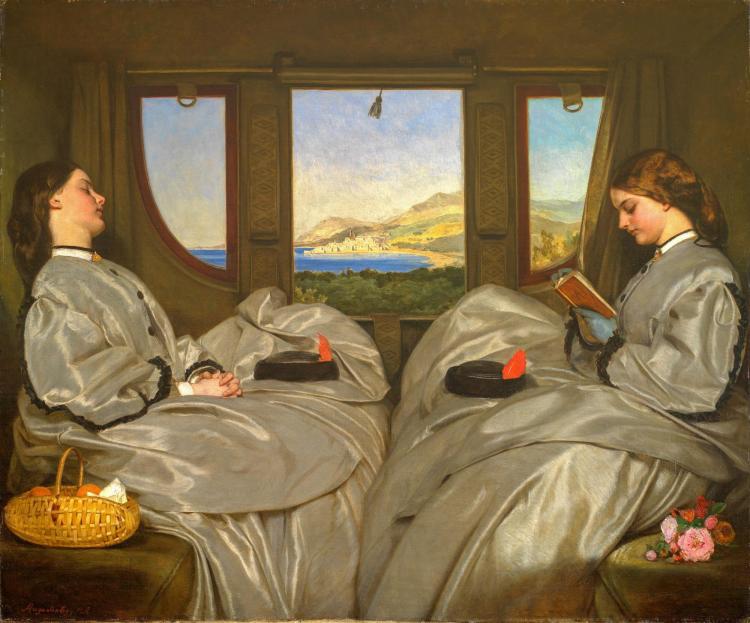This weekend I thought I would read a few short stories for Carl's
R.I.P. VII.
I have so many books of ghostly or macabre short stories that it's ridiculous but I couldn't part with any of them, especially as a few are no longer that easily available. Anyway, I dug out a few new stories and a couple of ones that I'd read before.
I started with a favourite book of stories of the macabre by John Connolly:
Nocturnes.
I'd read almost all of this book but had come to a halt at the Charlie Parker novella,
The Reflecting Eye, mainly because I'd not read any of this series back then and didn't want to start here. It fits, according to the author, between
The White Road and
The Black Angel which is exactly the place I'm at so it was time. And it was a terrific story, introducing a character known as The Collector into the series. But the story actually concerns the Grady house, where a serial child killer died after being caught with children in his basement. The house is now owned by the father of the child who died that day but is attracting a lot of unwanted attention, mainly to do with the mirrors in the house. Charlie, Louis and Angel set up a stake-out. Fantastic little story.
I then read on and finished the four final stories in this collection - The Cycle, referring to the female 'cycle', The Bridal Bed, The Man From the Second Fifteen and my favourite, The Inn at Shillingford, a very traditional story of an inn with a nasty reputation where in Insurance man spends the night. Good one.
This collection of stories by John Connolly is fabulous and really not well known enough, which is a tragedy.
Next, inspired by Susan's post at
You Can Never Have Too Many Books, I picked up
The Oxford Book of English Ghost Stories, a book which I read back in the early 1990s but not since.
Susan read
The Upper Berth by F. Marion Crawford, so I went for that first and was not disappointed. It's told as an after dinner tale in the best tradition of ghost story telling. The narrator was a frequent traveller by ship across the Atlantic and explained why he would never again use a certain ship. He'd been put into a cabin with a bad reputation and, despite warnings from a steward and the ship's doctor, spent the night there. During the night the stranger sharing his cabin jumped from the top berth, ran through the ship and jumped overboard. One might have thought this would tell the narrator something but not a bit of it. LOL. I do love these stories where People Refuse to See Sense... Good yarn though.
The second story I read from the collection was
The Lost Ghost by Mary E. Wilkins. It was neither set in England nor by an English author, so how it made it into the collection I'm not sure. It matters not. It was in fact set in New England and is told by a woman reflecting with a friend about the strangeness of some houses. As a younger woman she had been a school teacher and lodged in an old house with two elderly sisters. She'd got home one evening and left her wet coat in the hallway to dry out. She thought it was odd when one of the sisters advised her not to leave it there, but did it anyway. When she woke up in the night to find a young girl standing in her doorway, holding the coat and saying, 'I can't find my mother', she thought it was odder still. This was another terrific little story, very sad and thought provoking.
Next and for my final story I moved on to a slim viloume entitled
A Night on the Moor and Other Tales of Dread by R. Murray Gilchrist. Don't you just love some of these titles? ;-)
Not an author I've previously been familiar with, I must admit, I believe I grabbed this in a cheap bookshop somewhere and there are in fact quite a few of these little Wordsworth published ghost collections around. I decided to read the title story,
A Night on the Moor. It was a fairly straightforward tale of a Victorian gent lost on the moors in the Peak District, in a snow storm, after a day out shooting. He finds a shepherd's bothy to sleep in but is awoken in the night by a woman knocking on the door. She's clearly a lady, but dressed in an old fashioned way. She's hiding a pet fawn from her husband so leaves the fawn in the bothy and takes the stranger back to her house for the night, warning that her husband might react badly. The outcome of this was fairly obvious but it was still a well written, entertaining yarn.
So that was my weekend of ghostly short stories. Huge fun, I enjoyed some excellent writing, particularly the Victorian stories which are always so beautifully crafted. Hope to read a few more in a couple of weeks but in the meantime I'm back with Charlie Parker, chasing after Black Angels. Such fun.
~~~oOo~~~









